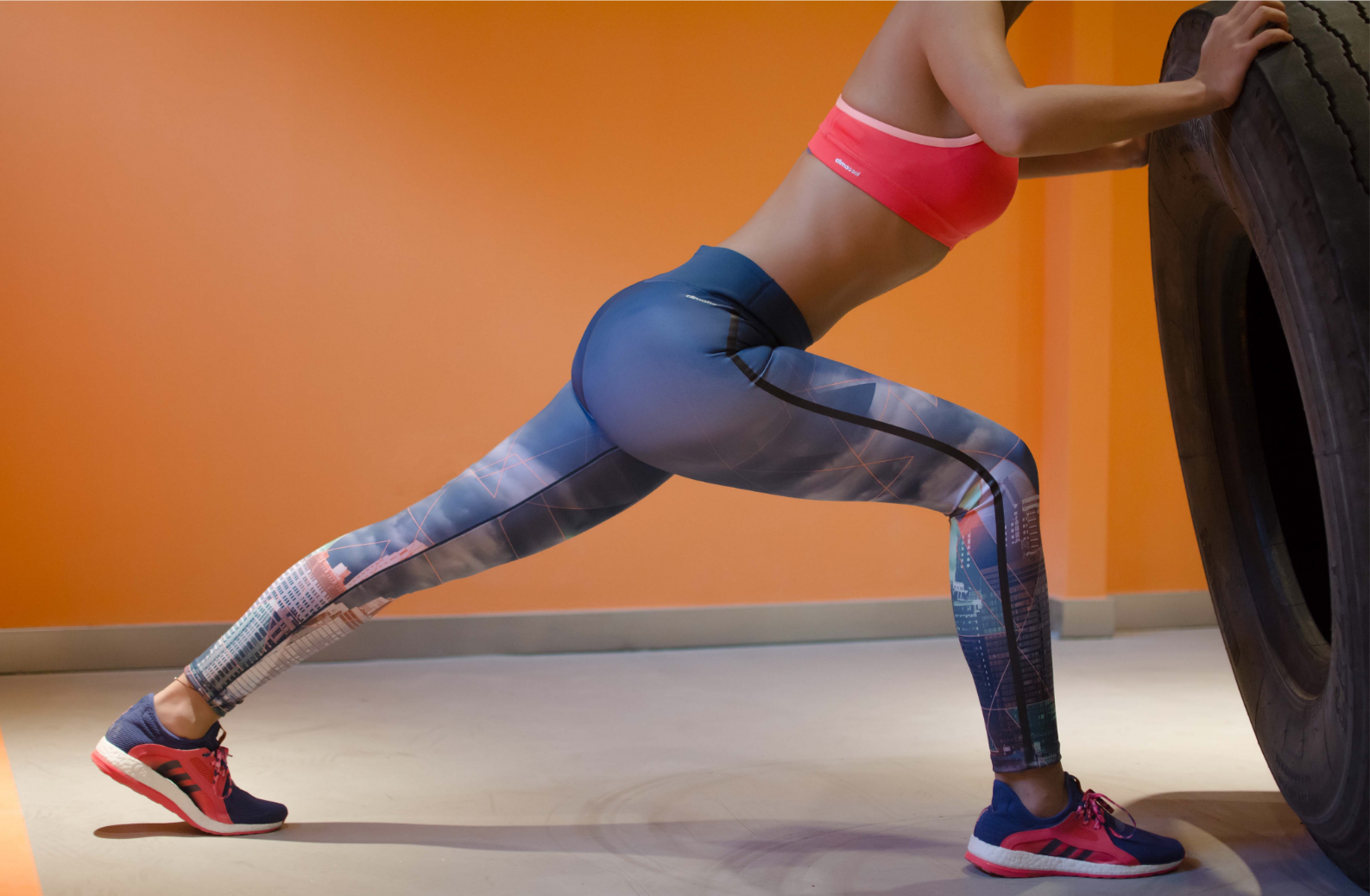Most endurance athletes will do an awesome job of training their aerobic system with hours of cardio. But how important is strength training for endurance athletes? We know strength training is a vital building block for any athlete, regardless of the time, distance and speed at which they are exercising. Strength training combined with performance nutrition is the key to longevity in sport. It will help you minimise injury and improve your performance. So before you go for another run and skip the gym this week, lets take a look at why strength training is so important for endurance athletes…
WHY STRENGTH TRAINIng Matters
Strength training has many benefits such as increasing bone density, reducing your risk of injury and increasing your mobility and flexibility.
Strength training helps you retain muscle, increases muscle density and stimulates your metabolism and energy production within cell.
It also increases bone density, endurance, and time it takes for you to fatigue in endurance sports. If we consider the aerobic system as the engine, the strength endurance component is your car. Regardless of the fuel you put in it, if the body isn’t strong, you won’t be going very fast or far.

WHY IS IT IMPORTANT TO BE STRONG?
It was a common misunderstanding for years, especially amongst amateur athletes, that increased muscle mass and also weight, would lead to slower performance. However we know this is not the case.
Muscle weighs more than fat, simply because it is denser. For the same volume of muscle, fat weighs approximately 80% of that.
An increase in muscle mass leads to an increase in power output. If we increase our power output and increase our strength endurance, we have a winning formula, as essentially any endurance sport is a combination of strength endurance, form and mental resilience!
A crucial factor in long distance racing or any other competition is recovery and the ability to back up one performance after another. Increased strength and efficiency lead to quicker recovery and overall improvements in health for the reasons below. These lead to increased resilience and consistency, and the ability to race one season after another.
There is nothing like illness or injury to put a hold on training or racing, and strength endurance gives your body a great buffer in preventing both of these, by allowing us to train better and race better.
“Strength training gives your body a buffer in both preventing both illness and injury, just as healthy nutrition does too”

POSITIVE EFFECTS ON METABOLISM & DIGESTION
At rest, muscle burns more calories than fat. It requires more energy and it in turn, it produces more. In fact, muscle will burn approximately three times the calories per kilogram at rest versus fat.
An increase in muscle mass and a change in body composition has positive effects on metabolism, which can make you a more efficient fuel burning machine. Having a healthy metabolism and efficient digestion allows you to use fuel effectively is a huge benefit in long-distance racing.
WEIGHT BEARING EXERCISE FOR HEALTHY BONES
Weight bearing exercise is crucial for maintaining bone density. Weight bearing exercises include walking, running, lifting weights and any kind of land-based activity which involves jumping or running. For example, football, rugby or netball are also all weight bearing.
It is simply about finding the right balance when it comes to weight bearing activities. Too much running, for example, can cause bone stress injuries, which are also common in other high impact weight bearing sports, such as soccer. Working in a physically demanding job with lots of time spent on your feet also needs to be factored in, especially if you are planning a long run too.
Weight bearing exercises need to be a combination of high impact, low impact (such as walking) and strength-based work (lifting weights). When we focus too much on one area and neglect others, it is no surprise that injuries occur and that the body tells us that it is out of balance.
“When we focus too much on one area and neglect others, it is no surprise that injuries occur and that the body tells us that it is out of balance“

PREVENT MUSCLE WASTAGE AS you AGE
From the age of thirty, both men and women begin to lose muscle at a rate of 3-5% per year. This means that we actively have to work harder not to lose muscle mass and not let muscle strength waste away.
To combat this, we need 2-3 full body strength sessions per week to prevent muscle loss and to keep improving strength. Look for a functional program that is focussed on increasing strength and is specific to your sport. This is where a personal trainer or your coach can be helpful to assign sports specific exercises that will compliment your current training. If you don’t have time for the gym, there are plenty of body weight exercises you can perform at home to gain the same benefit – try downloading an app such as FitOn or Workout Women.
And remember the saying, if you don’t use it, you lose it!

TIPS FOR GETTING STARTED (slowly)
If you are stuck with where to start, remember that less is always more. Start incorporating strength training into your existing training gradually and slowly build it up. You don’t want the start of your injury prevention programme turning into the source of your next injury.
Triathletes and endurance athletes often tend to be Type A personalities, which leads to great results when we find ourselves nailing all the one percenters. However, the flip side of the coin is that we can sometimes overdo it!
Personal Trainers and sports professionals see so many injuries resulting from people starting out too quickly or lifting weights that are too heavy. Always lift within your control and never go beyond that which compromises form.
Be mindful of warming up properly too, however 5- 10 minutes of cardio is often all that is needed for an effective warm up in the gym.

vital nutrition after STRENGTH TRAINING
Nutrition is also important around strength training too. The emphasis is often on protein for muscle maintenance and growth, however, post session, carbohydrates are just as important. And of course, so is hydration! So, how do you put it all together in a simple way?
Aim for a 2:1 carbohydrate to protein ratio post strength training. This can be as simple as having some Bindi Pea Protein in a smoothie with milk and a banana. For female athletes, 20-25g of protein is often enough and 45-50g of carbohydrate, depending on body weight. Male athletes will require slightly more, in the range of 25-30g protein and 50-60g carbohydrate for optimal muscle recovery and development. Have some electrolytes for hydration both during and after your session, and our Sugar-Free Bindilyte is a perfect option.
“Aim for a 2:1 carbohydrate to protein ratio post strength training”
try these Bindi Products to help support muscle growth and recovery:
ABOUT THE AUTHOR


